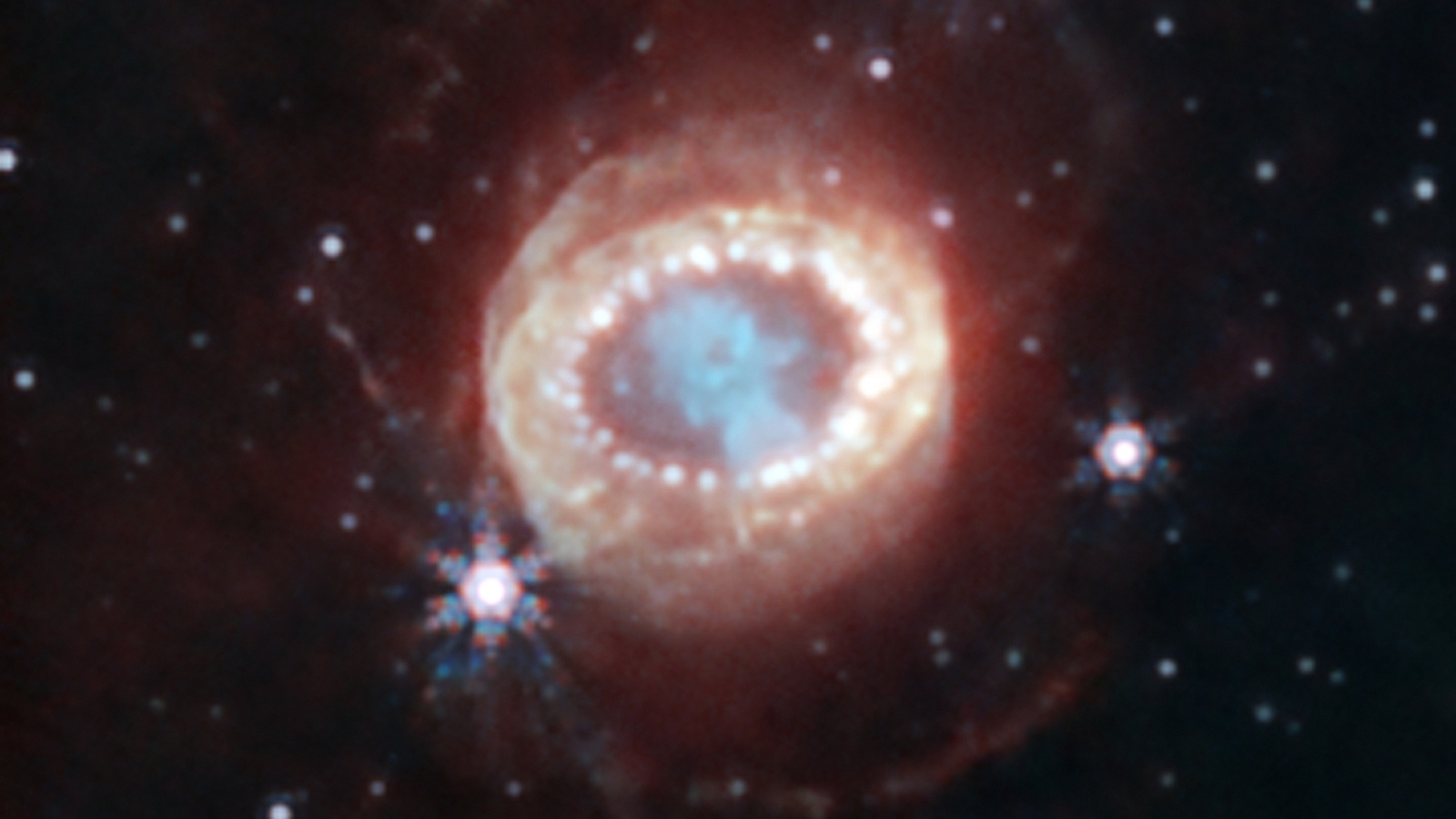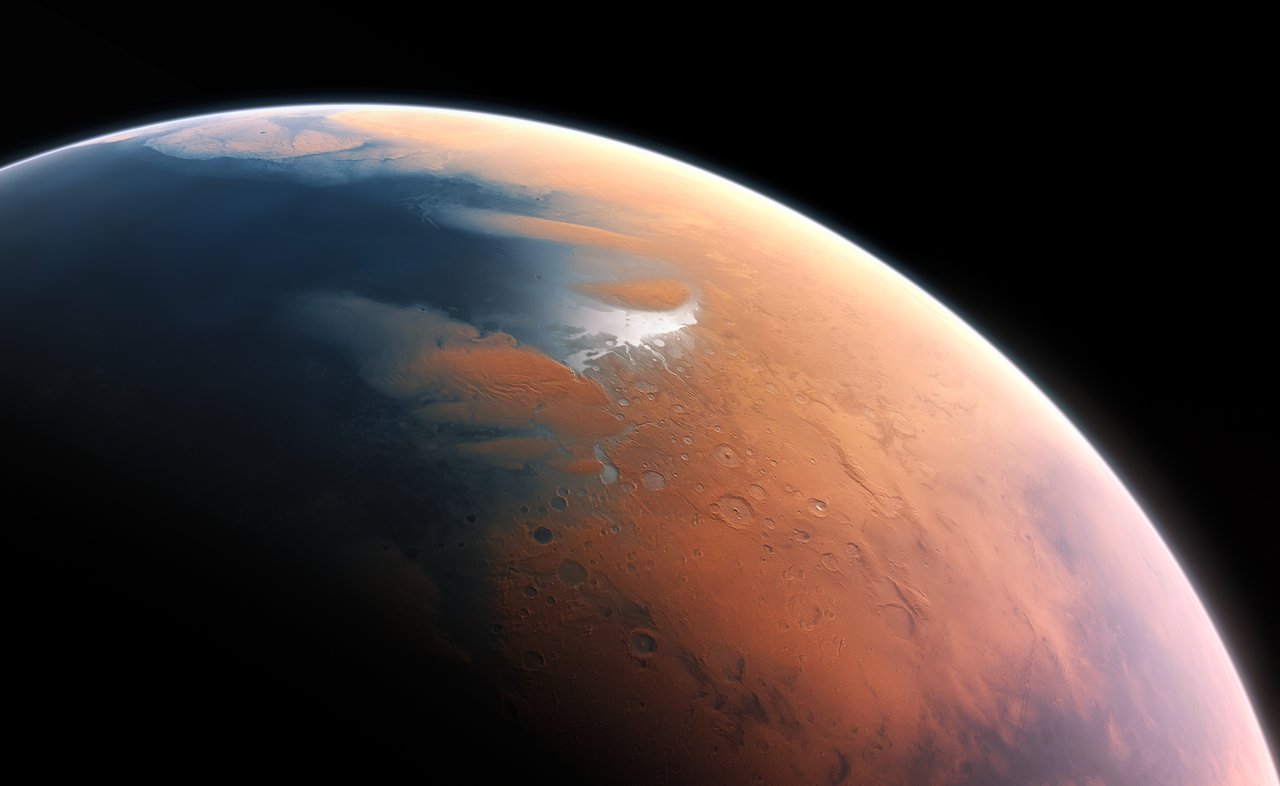The Arecibo Message, transmitted on November 16th, 1974, from the Arecibo Observatory, was humanity’s first true attempt at Messaging Extraterrestrial Intelligence (METI). The message was a simple pictorial signal in binary code composed by famed astronomer and SETI researcher Frank Drake (inventor of the Drake Equation) with the assistance of Sagan and other prominent astronomers. The message was and was aimed toward Messier 13 (NGC 6205 or “The Great Hercules Cluster”), a globular star cluster located about 25,000 light-years from Earth in the constellation of Hercules.
In 2018, in preparation for the 45th anniversary of the historic broadcast, the Arecibo Message Global Challenge was launched. Student teams were tasked with designing a new message that could be sent to space, and by August 2020, the Boriken Voyagers team was recognized as the winner of the competition. Unfortunately, the Observatory collapsed on December 1st, 2020, and the message was never sent. To commemorate the 50th anniversary of the Arecibo Message, the Boriken Voyagers have shared “The Last Arecibo Message.”
Continue reading “The Last Arecibo Message Celebrates the Observatory and One of its Greatest Accomplishments”










